By using our website, you agree to the use of cookies as described in our Cookie Policy
a
Rss Feed
Outdoor Connectivity: Merging Indoor and Outdoor Spaces with Home Additions

Welcome to the innovative world of home design, where merging indoor and outdoor spaces has become a captivating trend. Imagine the ease of stepping from your cozy kitchen into a sunlit garden, where the boundaries between inside and out blur. This article explores how modern homeowners creatively integrate these two traditionally separate areas. We'll uncover the benefits and beauty of this approach, offering you practical tips and design ideas. Whether planning a remodel or simply dreaming of future home improvements, join us in exploring how to harmoniously unite your interior comfort with the splendor of the exterior.
The Evolution of Home Design: From Separation to Integration
Historically, home design often kept interior and exterior areas distinctly separate. This approach reflected a clear division between private interior spaces and the public exterior world. However, recent trends show a remarkable shift. Architects and homeowners favor designs that allow fluid interaction between these two realms. The walls that once strictly divided the inside from the outside are giving way to innovative concepts.
This evolution in home design philosophy mirrors a growing desire for openness and connectivity. Large glass panels, retractable doors, and continuous flooring materials are becoming commonplace. These features help create an environment where the boundary between indoors and outdoors blurs. Such designs enhance the aesthetic appeal of homes and promote a lifestyle that embraces the outdoors as an extension of the living space. Embracing this new approach, modern homes are now spaces where the tranquility of nature meets the comfort of the indoors.
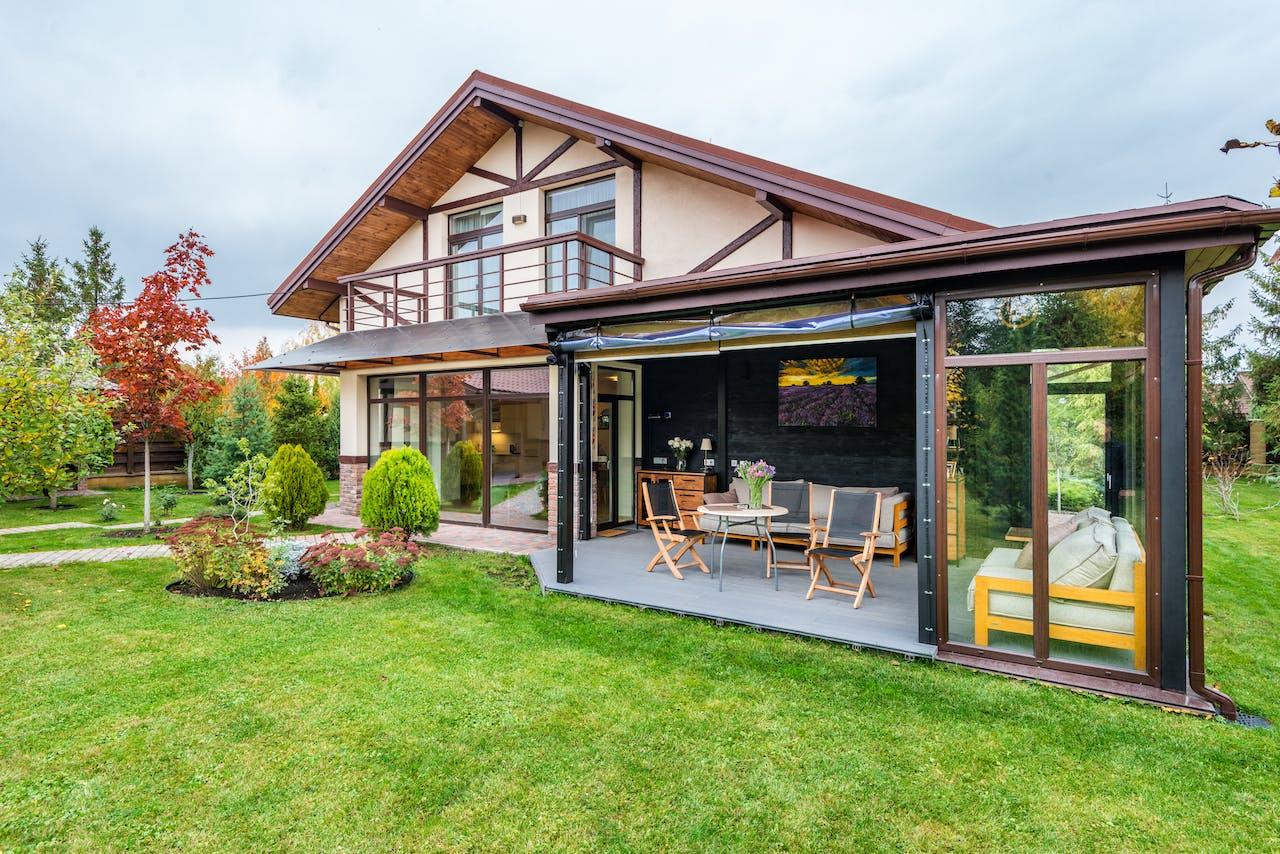 Retractable doors and wide glass panels are becoming standard for merging indoor and outdoor spaces.
Retractable doors and wide glass panels are becoming standard for merging indoor and outdoor spaces.
Key Elements of Merging Indoor and Outdoor Spaces
Merging indoor and outdoor spaces effectively transforms modern living environments. Large glass doors and windows are essential to achieve this, establishing a visual bridge that effortlessly draws the exterior in. Consistency in flooring and ceilings between these spaces is vital. For instance, extending the same tile or wood used indoors to the patio or deck outdoors creates a fluid transition, erasing the boundary between inside and outside.
Outdoor kitchens and living areas take interior comforts into the natural world. However, this means you must free these outdoor areas of clutter, such as gardening tools and equipment. But don’t worry, you can contact movers, such as Miami Movers for Less, who offer convenient storage solutions. Whether you want to rent storage short-term or long-term, they’ve got you covered.
The Role of Technology in Outdoor Connectivity
Smart lighting systems are a game-changer, offering effortless control over both indoor and outdoor illumination. These systems synchronize lighting, creating an ambiance that extends from your living room to your backyard. Weather-resistant entertainment options, such as outdoor TVs and sound systems, elevate the experience. Imagine enjoying your favorite tunes or shows under the stars, all with the same clarity and quality as indoors. This integration of technology adds convenience and transforms how we interact with our outside spaces, making them true extensions of our homes. The key here lies in selecting technologies that withstand outdoor elements while complementing your home's design. Embracing these innovations creates a more dynamic and enjoyable living environment, blurring the traditional boundaries between interior and out.
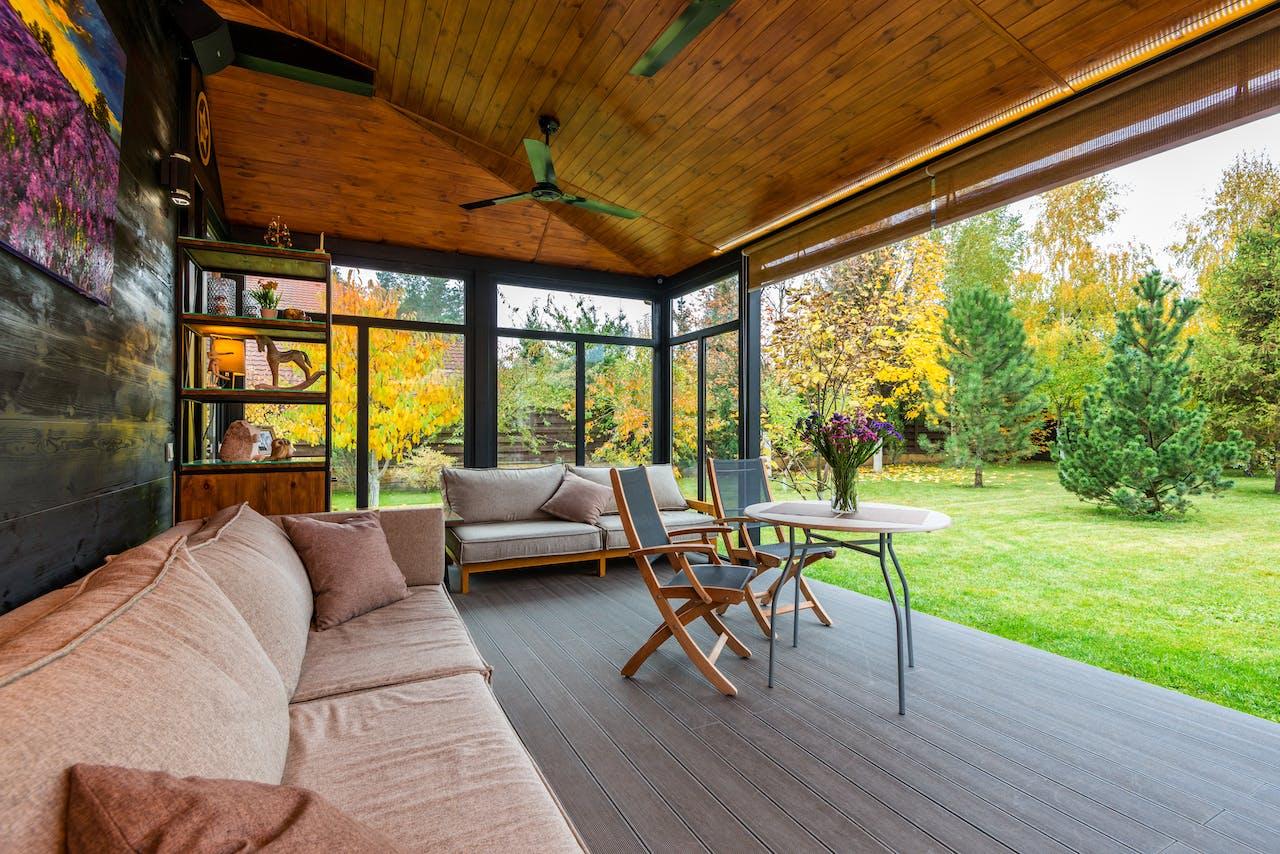 Using natural materials guarantees that your home's outside seems like an extension of it.
Using natural materials guarantees that your home's outside seems like an extension of it.
Landscaping and Nature’s Role in Blending Spaces
As we explore the role of landscaping, it's essential to recognize how nature bridges these areas. Integrating themed gardens creates a harmonious extension from your living room to the outside. Consider incorporating water features, like a small pond or fountain, to establish a soothing ambiance. This integration invites a calming transition between your home’s interior and the garden.
Strategically selected plants are also important. Choose species that complement your home's architectural style and the natural environment. This careful selection enhances visual continuity and supports local ecosystems. For instance, native plants require less maintenance and attract beneficial wildlife, strengthening the connection between your home and nature.
Incorporating natural elements ensures the exterior feels like an extension of your home. This approach enriches the aesthetic appeal and fosters a deeper appreciation for the environment, making your living place more expansive and connected.
Benefits of Indoor-Outdoor Living Spaces
Exploring the benefits of indoor-outdoor living spaces reveals many advantages. Firstly, these designs significantly enhance a home's aesthetic appeal, making it appear more expansive and inviting. This visual enhancement often translates into increased property value, a boon for homeowners considering future resale. Also, living areas that merge the interior and exterior promote a healthier lifestyle. Regular exposure to natural light and fresh air boosts mental well-being and physical health. Moreover, such spaces offer ideal settings for entertaining guests, blending the comfort of the indoors with the refreshing ambiance of the outdoors. Importantly, these designs foster a deeper connection with nature, encouraging relaxation and tranquility in the comfort of one's home.
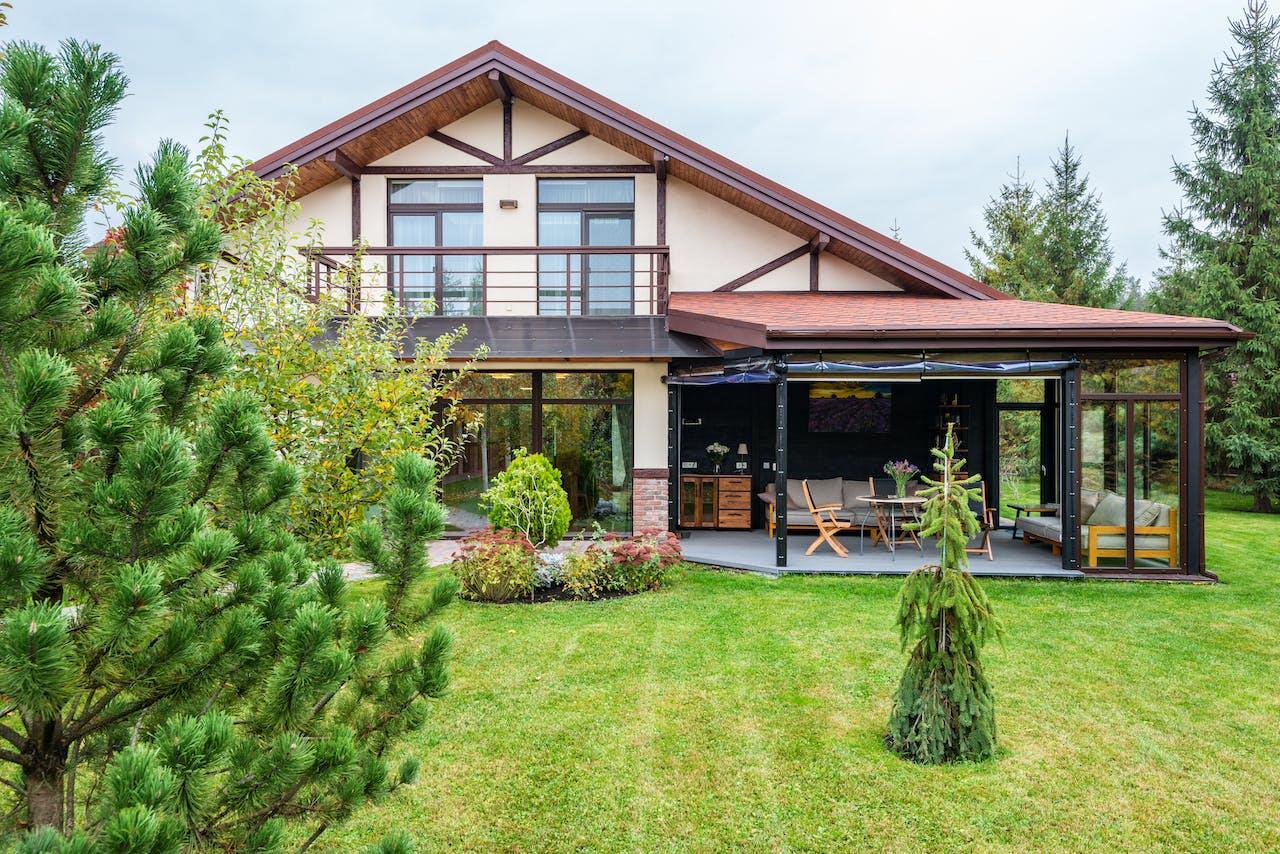 These areas provide the perfect setting for entertaining visitors.
These areas provide the perfect setting for entertaining visitors.
Challenges and Considerations
Embracing indoor-outdoor space integration brings distinct challenges. Climate plays a pivotal role; extreme weather demands thoughtful, year-round design. Open spaces can lead to privacy issues, requiring a balance between openness and seclusion. Maintenance escalates, as exterior elements need durable materials and regular upkeep. Budget considerations are key, with higher initial investments often necessary. Compliance with local building codes and regulations also impacts design choices. Homeowners must navigate these legalities effectively, staying informed and collaborating with professionals. This careful planning ensures a successful and enjoyable indoor-outdoor living experience.
Final Thoughts
In wrapping up, merging indoor and outdoor living areas offers a dynamic and holistic approach to home design. Embracing this trend not only enhances the aesthetic appeal of your home but also elevates your lifestyle. Consider the practicality of integrating nature with your indoor environment, and you'll discover a refreshing extension of your living space. This approach encourages a harmonious balance between comfort and the exterior ambiance. As we move forward, these spaces' fusion continues redefining modern living, offering an inviting, adaptable environment that resonates with today's homeowners. Adopting this innovative design concept can transform your home into an inviting, versatile haven.
Photos used:
- https://www.pexels.com/photo/veranda-of-house-with-chairs-and-sofas-7061660/
- https://www.pexels.com/photo/big-suburb-house-with-terrace-and-backyard-7061662/
- https://www.pexels.com/photo/terrace-with-comfortable-couches-and-armchairs-around-table-7061663/
- https://www.pexels.com/photo/modern-cottage-with-green-backyard-7061676/
‹ Back


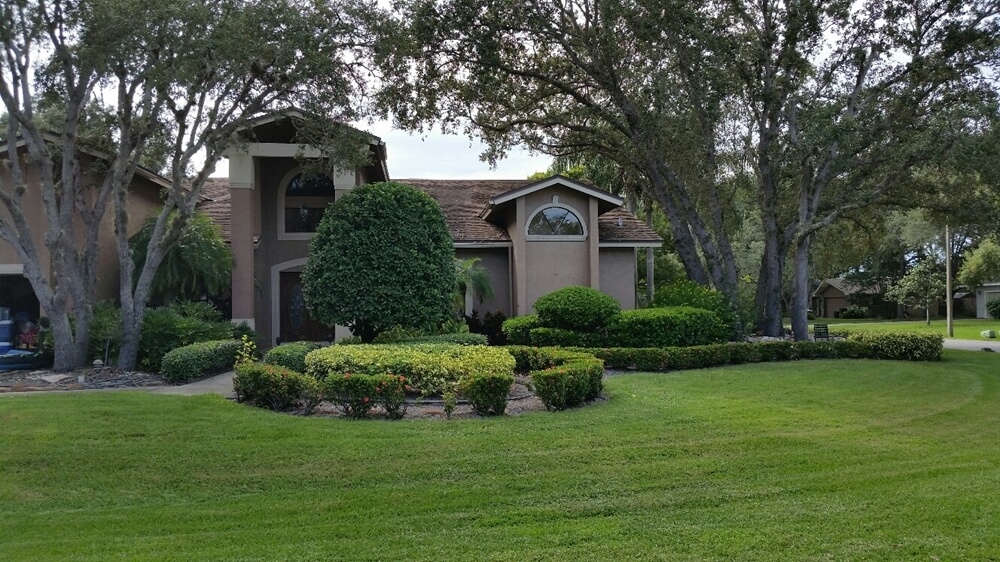
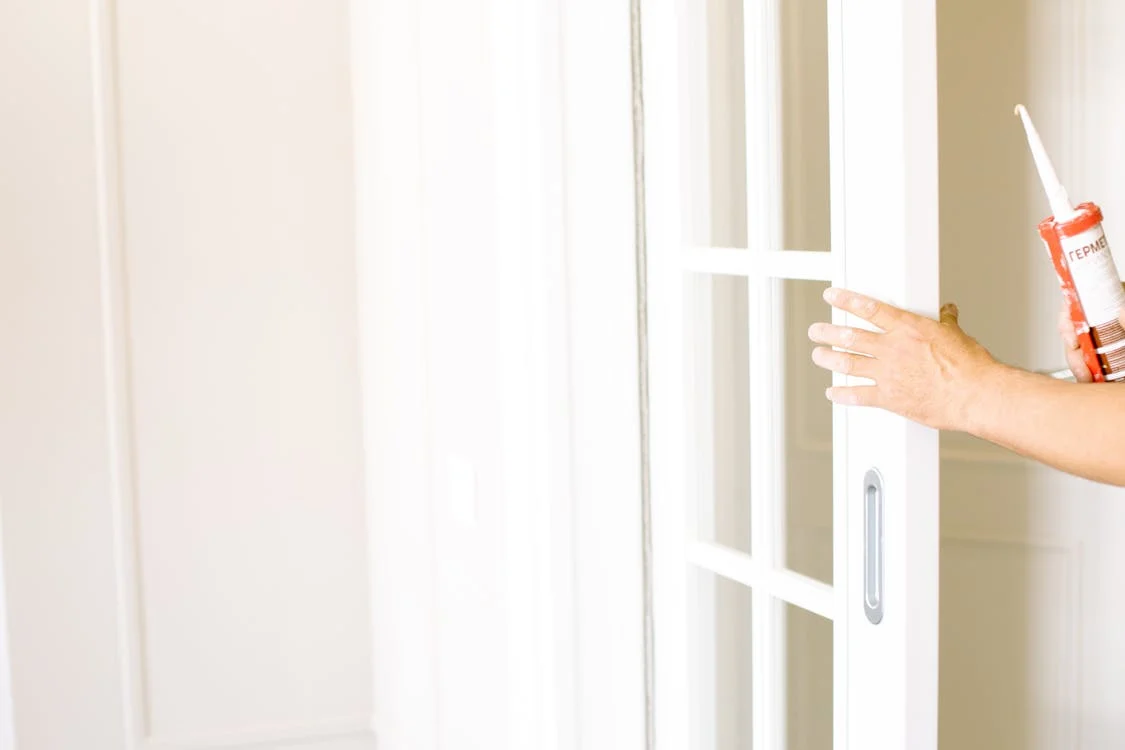
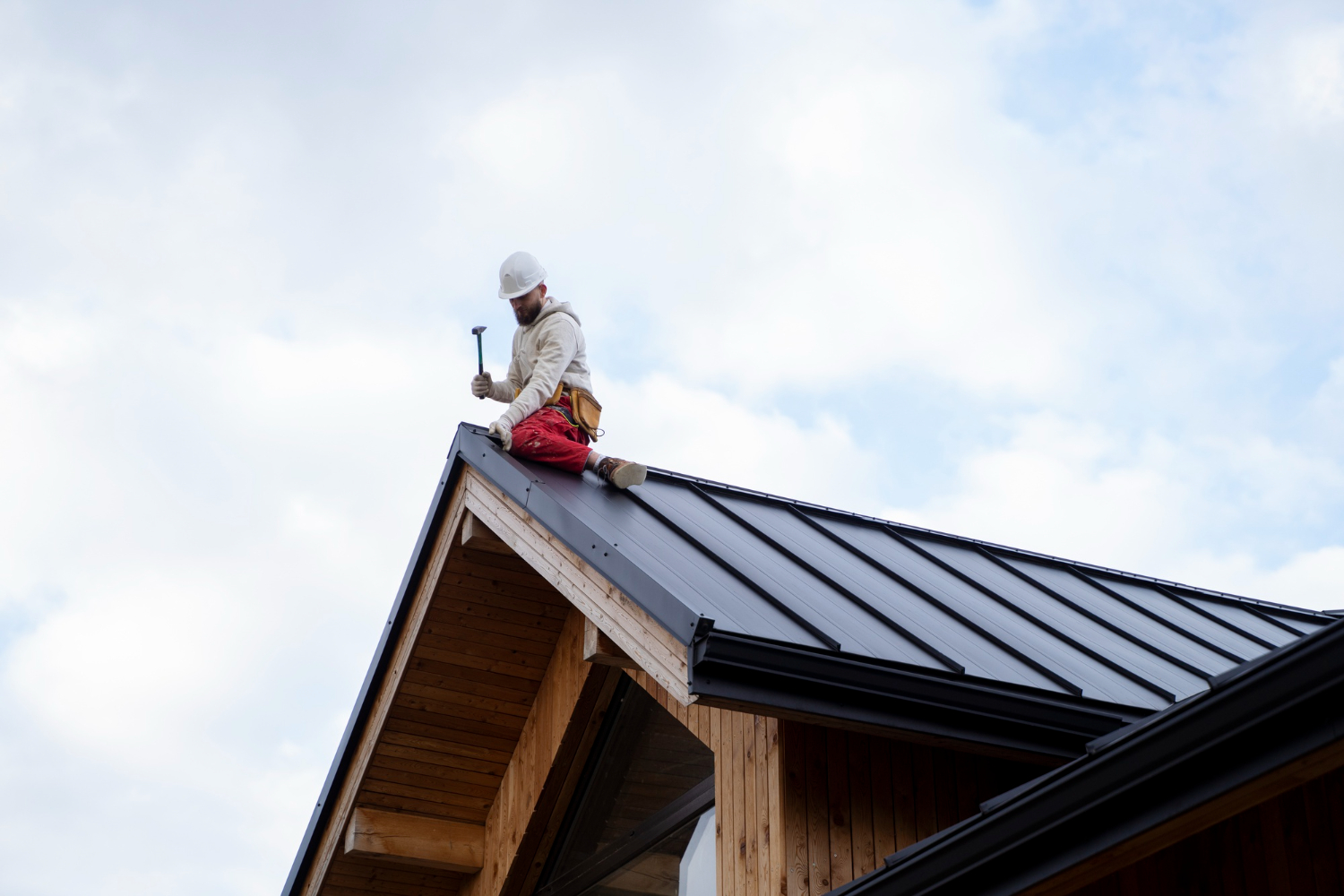
.png)
